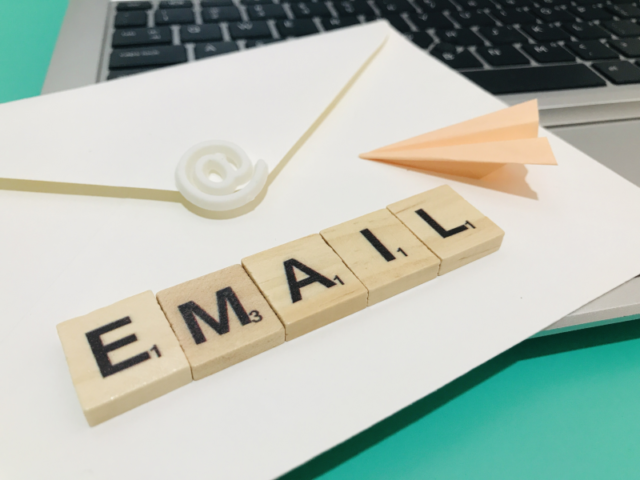Email marketing is a crucial tool for any brand looking to engage with its audience. Billions of people use email services, and 88% check their emails twice a day. It’s rarer to find someone who doesn’t check their email more than once, as they represent approximately 8.5% of users. However, without email marketing automation tools, marketers risk allowing their campaigns to go unread and forgotten amongst the billions of other emails vying for consumers’ attention.
Personalization Power: Making Every Email Count
With email users receiving hundreds of emails daily, marketers must learn how to stand out from the crowd. A well-known strategy is personalizing email marketing campaigns, which has shown outstanding results for marketers who implement it correctly.
According to a report from SmarterHQ, an incredible 72% of consumers will only engage with personalized marketing messages. Alternatively, brands that send irrelevant emails will only cause frustration, especially among 70% of millennials.
The key to success in email marketing lies in personalization to ensure your target consumers interpret your messaging as relevant to their lifestyle. Research reveals that 82% of marketers credit personalization to an increase in open rates, and 75% report it increases click-through rates. This success can also be measured monetarily, as targeted emails have been reported to generate 58% of all revenue.
The benefits of individualized email campaigns are clear, but to personalize campaigns for hundreds of email users is an overwhelming feat. However, with email marketing automation, marketers can seamlessly wield this power.
Automation Advantage: Boosting Your Campaign’s Impact
Email marketing campaigns usually come as a paid service, but they are a worthy investment. According to The CMO Club, 49% of marketers report these services save them time, and another 49% agree that they make personalization more accessible.
It may seem contradictory as automating tasks can turn messages generic, but automation services actually provide more control when segmenting consumers. Automated campaigns can be triggered whenever a consumer completes a task, such as signing up for a newsletter, a discount code, or making a purchase. Depending on what actions were taken, marketers can create a targeted email campaign that maps out the customer journey for a seamless experience.
Smart Strategies: Elevate Your Email Game with These Tips
When utilizing email marketing automation for email personalization, here are three tips to consider:
- Segment Your Audience Effectively: Before diving into personalization, ensure your email list is segmented based on various factors such as demographics, past purchase behavior, engagement level, or even customer lifecycle stages.
- Leverage Dynamic Content: Dynamic content blocks allow you to create a single email template that automatically customizes itself based on the recipient’s data. For example, a clothing retailer could show different product recommendations to men and women within the same email campaign.
- Utilize Behavioral Triggers: Automation shines when you use behavioral triggers to send emails at just the right moment in the customer journey. By setting up automated workflows that respond to user behavior in real-time, you ensure that your messages are not only timely but also contextually relevant.
These strategies, when combined with a robust email marketing automation tool, can transform your email marketing efforts, driving higher engagement, better customer experiences, and ultimately, more revenue.
Final Thoughts: Transforming Your Email Strategy for Success
Incorporating email marketing automation into your strategy is not just about keeping up with trends—it’s about ensuring your brand’s messages are seen, valued, and acted upon. By leveraging personalization, dynamic content, and behavioral triggers, you can create a seamless and tailored experience for your audience that drives meaningful engagement.





